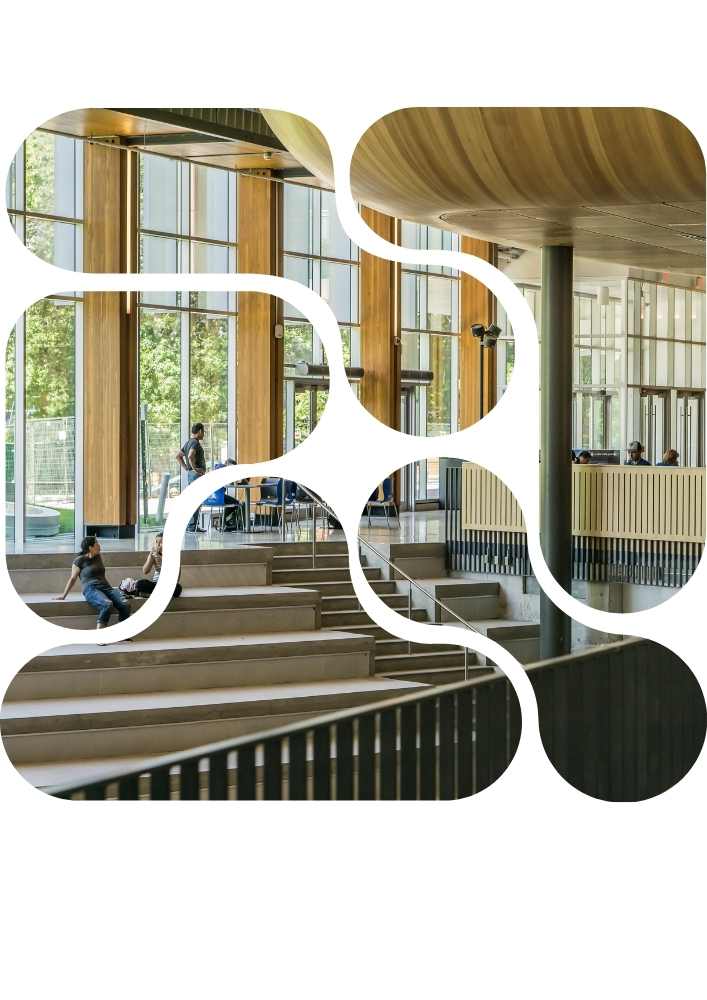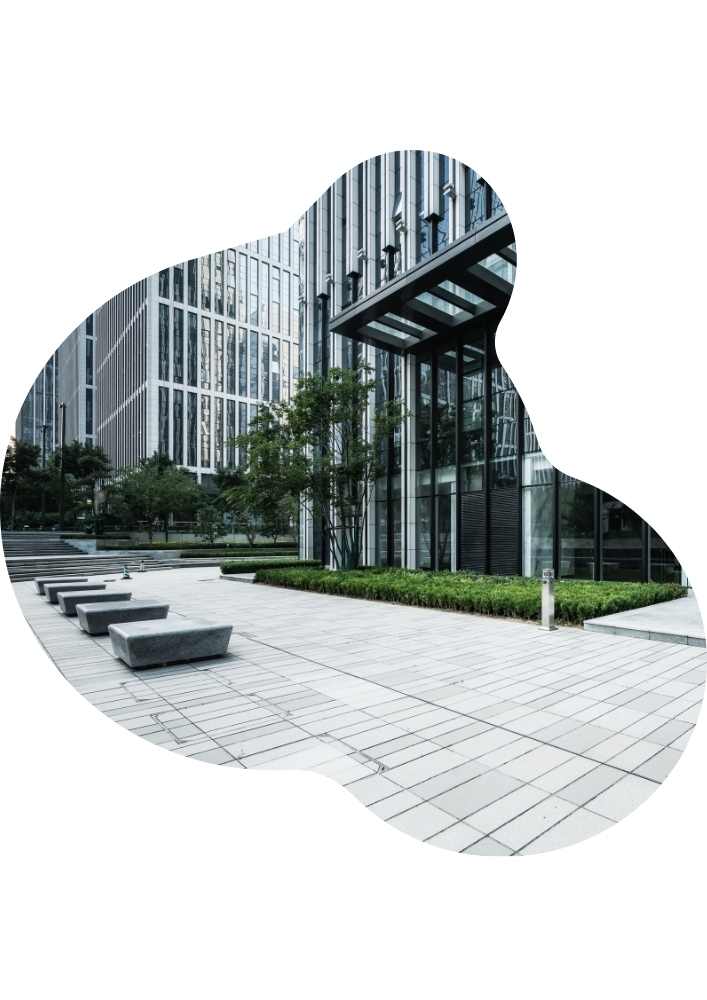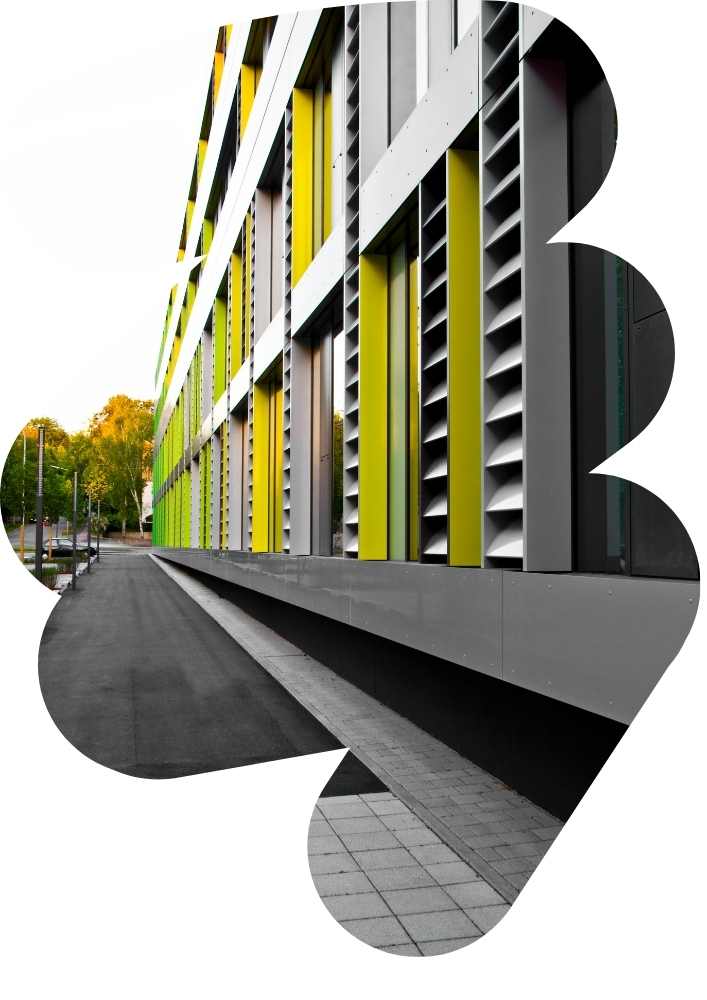
Understanding the Australian Cladding Crisis
In recent years, Australia has been grappling with a significant issue known as the Australian cladding crisis. This crisis revolves around the use of combustible cladding materials in construction projects, posing serious risks to building safety and public health. To fully comprehend the magnitude of this crisis, it’s essential to delve into its origins, the types of cladding to avoid, and notable cases that have brought attention to the issue.
The Problem with Combustible Cladding
According to a study published in the International Journal of Environmental Research and Public Health, combustible cladding presents a grave threat due to its flammable nature. This type of cladding, often made from materials like Aluminium Composite Panels (ACP), has been implicated in several high-profile building fires worldwide, including the tragic Grenfell Tower fire in London.
The Problem with Combustible Cladding
According to a study published in the International Journal of Environmental Research and Public Health, combustible cladding presents a grave threat due to its flammable nature. This type of cladding, often made from materials like Aluminium Composite Panels (ACP), has been implicated in several high-profile building fires worldwide, including the tragic Grenfell Tower fire in London.


Identifying Cladding to Avoid
When it comes to construction, avoiding combustible cladding is paramount to ensuring building safety. As outlined in an article by PlanRadar, materials such as ACP panels should be avoided due to their propensity to ignite and spread fire rapidly. Opting for non-combustible alternatives can significantly reduce the risk of fire-related incidents in buildings.
Macquarie University’s Cladding Controversy
A recent incident at Macquarie University has further underscored the severity of the cladding crisis. As reported by the Daily Telegraph, Macquarie University was ordered to remove cladding from a $70 million state-of-the-art building due to safety concerns. This incident serves as a stark reminder of the real-world consequences of using flammable cladding materials in construction.
Banning Combustible Cladding in NSW
To address the dangers posed by combustible cladding, regulatory measures have been implemented in various jurisdictions. In New South Wales (NSW), for instance, a ban on combustible cladding came into effect on 15 August 2018. This ban aims to mitigate the risks associated with combustible cladding and enhance building safety standards across the state.
Understanding Cladding Lifespan
Another aspect to consider when evaluating cladding options is their lifespan. While the longevity of cladding materials can vary depending on factors such as species and treatment, timber cladding is known for its durability. According to Timber Cladding Solutions, the lifespan of timber cladding can range from 30 to 60 years, depending on maintenance and environmental conditions.
Ramifications of the Cladding Crisis
The Australian cladding crisis has far-reaching implications that extend beyond individual construction projects, affecting various stakeholders and industries. In this section, we will explore the multifaceted ramifications of the cladding crisis, including its impact on building regulations, insurance costs, and public safety perceptions.
Ramifications of the Cladding Crisis
The Australian cladding crisis has far-reaching implications that extend beyond individual construction projects, affecting various stakeholders and industries. In this section, we will explore the multifaceted ramifications of the cladding crisis, including its impact on building regulations, insurance costs, and public safety perceptions.
Strain on Building Regulations
One of the immediate consequences of the cladding crisis is the heightened scrutiny of building regulations and compliance standards. Regulatory bodies are under pressure to enforce stricter guidelines to prevent the use of combustible cladding materials in construction. This has led to increased complexity in the approval process for new building projects and renovation works, as authorities seek to ensure compliance with safety standards and mitigate risks associated with flammable cladding.


Escalating Insurance Costs
The prevalence of combustible cladding in buildings has also contributed to rising insurance costs for property owners and developers. Insurers are reassessing their risk exposure and adjusting premiums accordingly, particularly for properties deemed to have a higher risk of fire due to the presence of combustible cladding. This has financial implications for both residential and commercial property owners, who may face higher insurance premiums or difficulty obtaining coverage for properties affected by the cladding crisis.
Public Safety Concerns
The cladding crisis has eroded public confidence in the safety of buildings, prompting concerns about the risk of fire-related incidents and the adequacy of existing safety measures. High-profile cases such as the Grenfell Tower fire have underscored the catastrophic consequences of using flammable cladding materials, fuelling anxiety among residents and tenants living in buildings clad with similar materials. Addressing these safety concerns requires a concerted effort from government authorities, building owners, and industry stakeholders to implement proactive measures and reassure the public about building safety standards.
Legal and Financial Ramifications
From a legal standpoint, the cladding crisis has triggered a wave of litigation and disputes, with stakeholders seeking recourse for damages resulting from the use of combustible cladding. Property owners, developers, and construction firms may find themselves embroiled in legal proceedings related to building defects, negligence, and non-compliance with safety regulations. These legal battles can be protracted and costly, further exacerbating the financial strain on parties involved in the construction process.
Impact on Property Values
The presence of combustible cladding can also have a detrimental effect on property values, as potential buyers and investors may be deterred by concerns about building safety and potential liabilities associated with cladding remediation. Properties affected by the cladding crisis may experience depreciation in value, making them less attractive to prospective buyers and impacting the overall property market sentiment in affected areas.
In light of these ramifications, it is imperative for stakeholders across the construction industry to address the underlying issues contributing to the cladding crisis and work collaboratively to implement effective solutions.
Mitigating the Risks of Combustible Cladding
As the Australian cladding crisis continues to pose challenges for the construction industry and regulatory authorities, it is essential to adopt proactive measures to mitigate the risks associated with combustible cladding. In this final section, we will explore strategies for addressing the cladding crisis and safeguarding the safety and integrity of buildings across Australia.
Enhanced Regulatory Oversight
Central to addressing the cladding crisis is the need for enhanced regulatory oversight and enforcement of building standards. Regulatory bodies must collaborate with industry stakeholders to develop and implement robust guidelines for cladding materials, construction practices, and building inspections. This includes stringent requirements for the use of non-combustible cladding materials and regular audits to ensure compliance with safety standards.


Cladding Audits and Remediation Programs
Conducting comprehensive cladding audits of existing buildings is critical to identifying and addressing the presence of combustible cladding. Building owners and managers should prioritise conducting thorough assessments of their properties to determine the type of cladding used and assess the associated fire risk. In cases where combustible cladding is identified, prompt remediation measures should be implemented to remove or replace the cladding with non-combustible alternatives.
Industry Collaboration and Education
Addressing the cladding crisis requires a collaborative effort from all stakeholders involved in the construction process, including architects, developers, builders, and regulatory authorities. Industry associations and professional bodies play a vital role in facilitating knowledge sharing, providing guidance on best practices, and promoting education and training programs to enhance awareness of building safety standards and the risks associated with combustible cladding.
Public Awareness and Engagement
Raising public awareness about the dangers of combustible cladding is essential to garnering support for proactive measures and fostering community engagement in building safety initiatives. Government agencies, media outlets, and advocacy groups can play a pivotal role in disseminating information about the cladding crisis, educating the public about the importance of building safety, and empowering residents to take proactive steps to protect themselves and their communities.
Investing in Research and Innovation
Investing in research and innovation is key to developing advanced building materials and technologies that enhance fire resistance and safety standards. Research institutions, government agencies, and industry partners should collaborate to fund research projects aimed at exploring alternative cladding materials, improving fire testing methodologies, and developing innovative solutions to mitigate the risks associated with combustible cladding.
By implementing these strategies and prioritising building safety and compliance with regulatory standards, Australia can navigate the challenges posed by the cladding crisis and build a resilient and sustainable built environment for future generations. Together, we can work towards mitigating the risks associated with combustible cladding and ensuring the safety and wellbeing of all Australians.

Thank you for your visit, and welcome to the construction home

